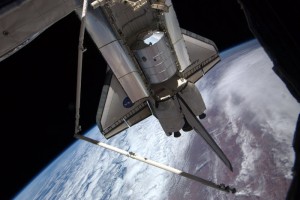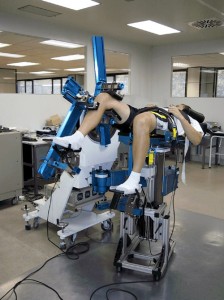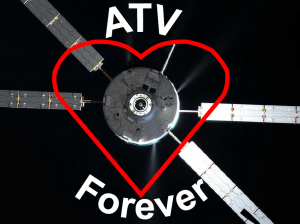Moving Leonardo
Update: Leonardo is now firmly in place attached to the Tranquility node.
Don’t panic! The International Space Station is getting some redecoration as the ~10 000 kg Leonardo module will be moved to a different location today.
The Italian-built Leonardo, also known as the more mundane Permanent Multipurpose Module, will be moved from the Unity module to the Tranquility module from 14:00 CEST. The Canadian-built Canadarm2 will grab Leonardo and transfer it to its new berthing place.
[youtube so_e0RZqnCE]
They closed the hatch between Leonardo and Unity yesterday and made sure there were no leaks. The partners that run the International Space Station are moving Leonardo to make extra room for visiting cargo ferries. Two types of vessels can visit the Space Station, spacecraft that dock automatically and ferries that need to be berthed using the Station’s robotic arm. Moving Leonardo will free up an extra docking port for spacecraft that require berthing with the robotic arm such as Dragon, Cygnus and the Japanese HTV.
Leonardo
The Leonardo module has an interesting history and is one of the reasons Samantha is currently on the Space Station. The module was designed and built in Italy by the Italian Space Agency and Thales Alenia Espace for use on NASA’s Space Shuttle. It’s first name was Leonardo Multi-Purpose Logistics Module as it performed a number of tasks in the Shuttle’s cargo bay. It flew to space and returned seven times between 2001 and 2010.
On its eighth spaceflight it was left permanently attached to the International Space Station in 2011. Since then it is used for storage and as extra space. Its name was subsequently changed to Permanent Multipurpose Module. In return for building and supplying Leonardo and other Multi-Purpose Logistics Modules, NASA agreed that the Italian Space Agency would send astronauts to the International Space Station. One of these astronaut flights arranged under this barter agreement is being filled by none other than Samantha Cristoforetti.
Watch the relocation live on NASA television from 14:00 CET today.
27/05/2015







